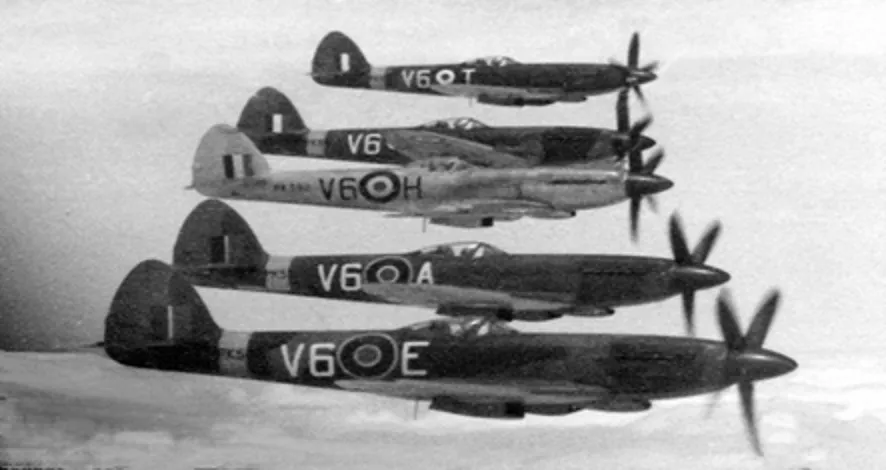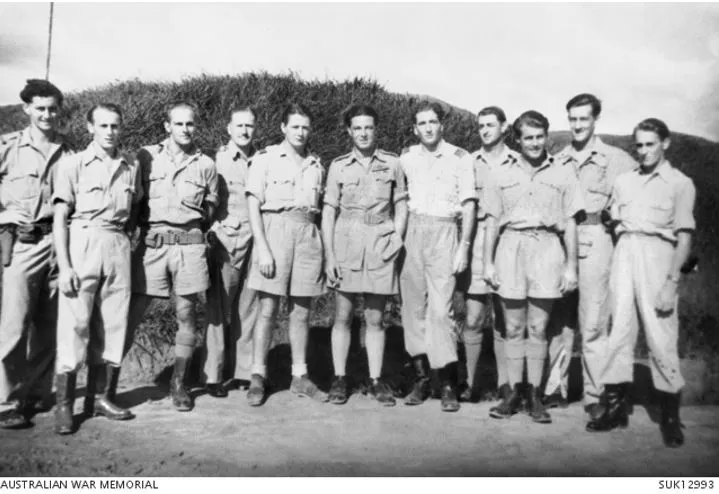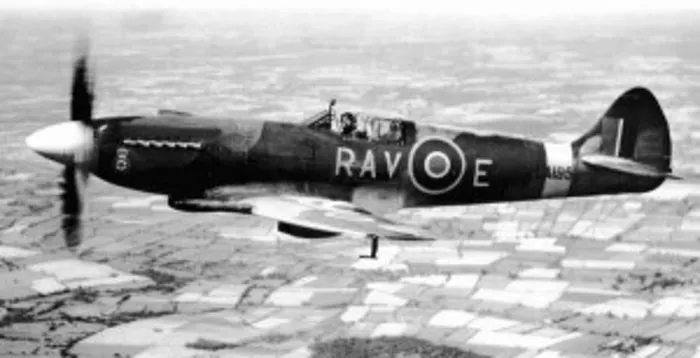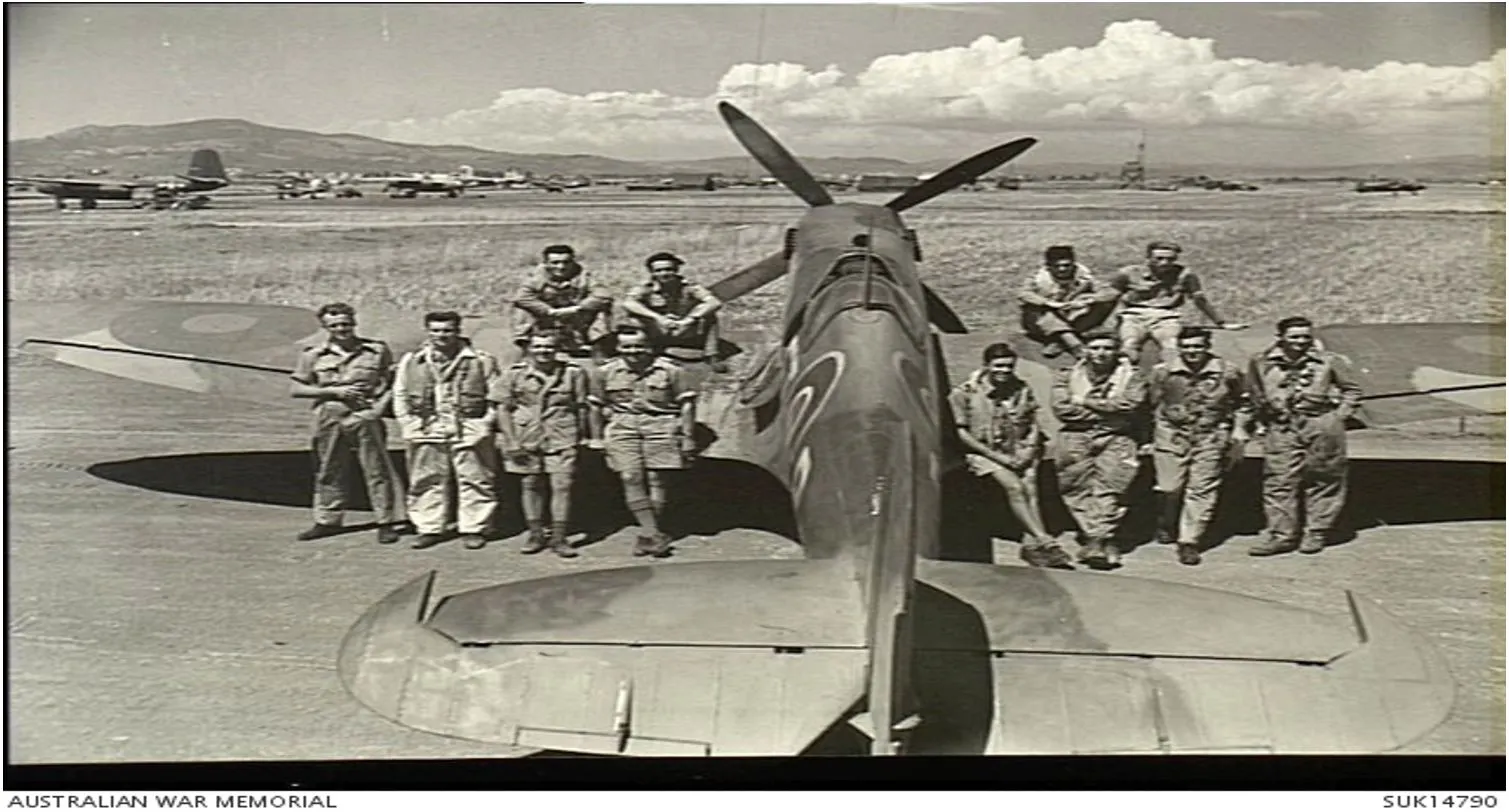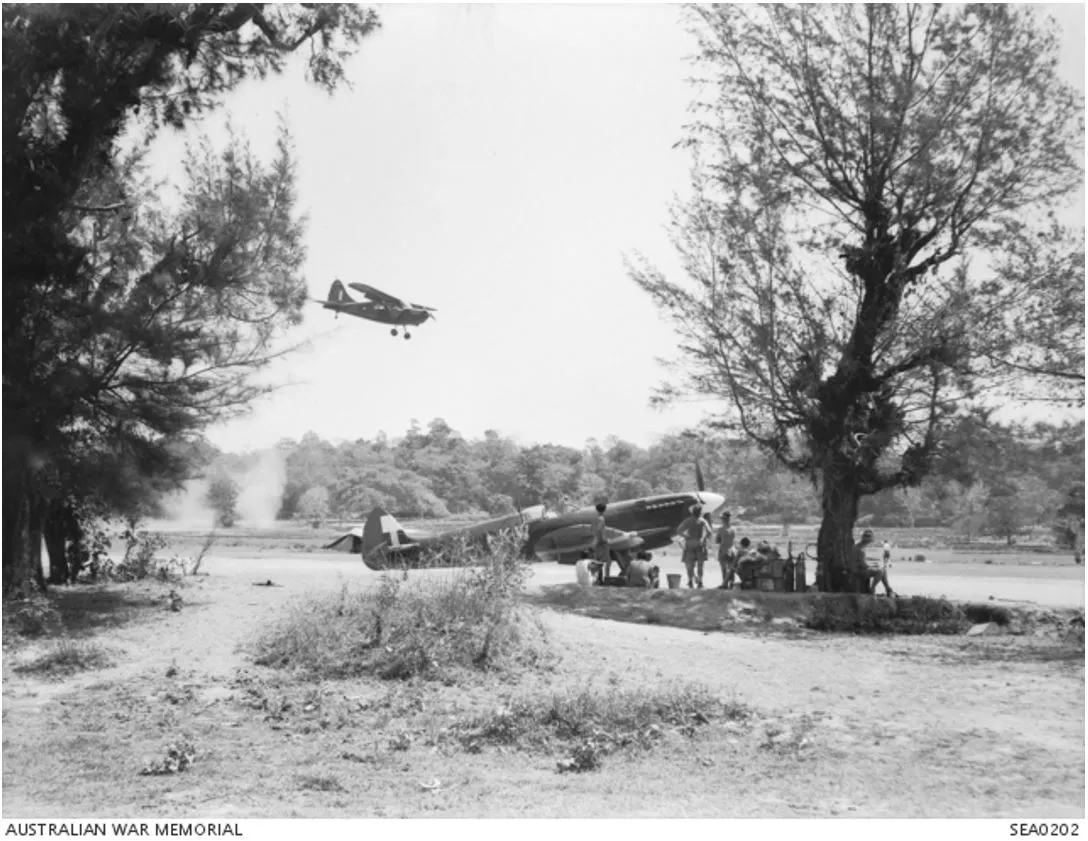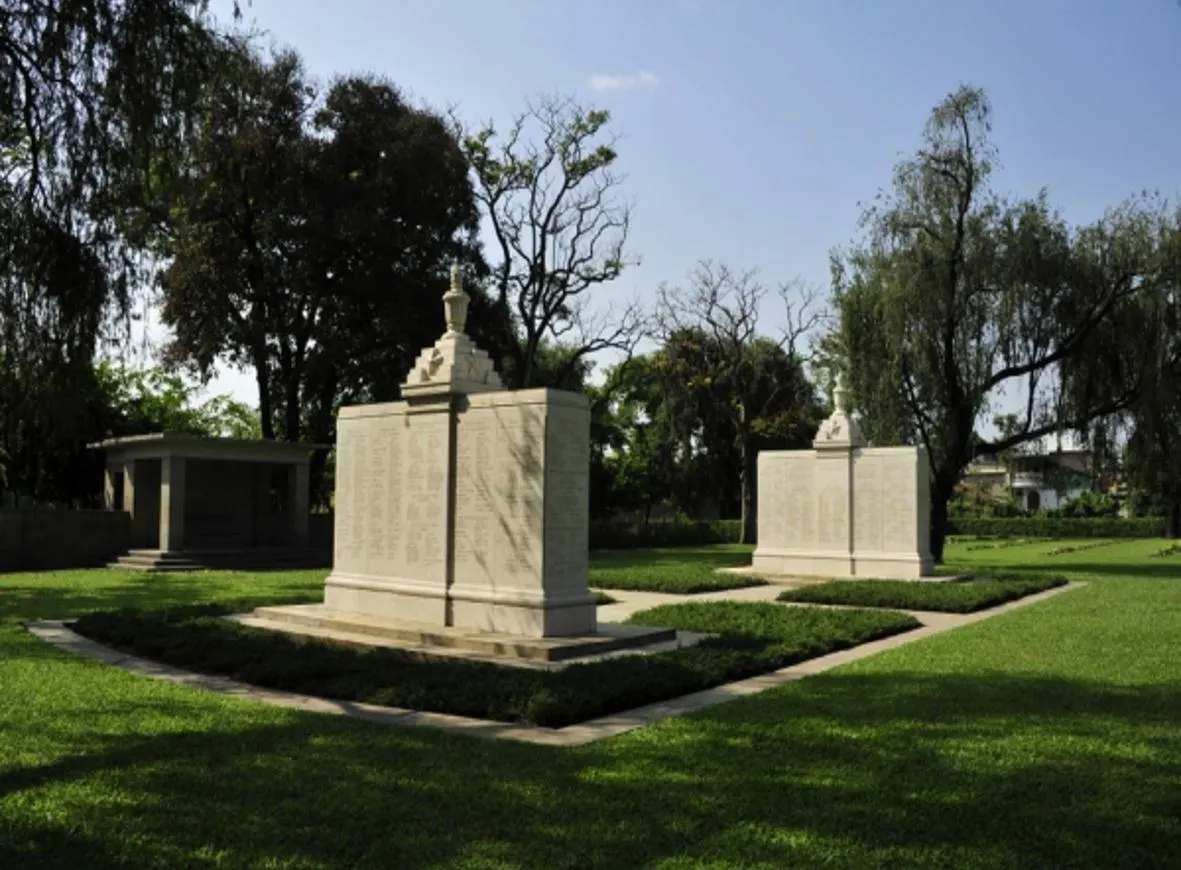No 615 Squadron RAF
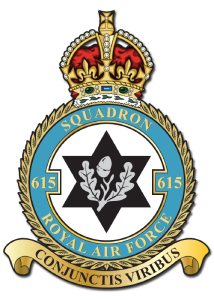


No 615 Squadron was formed on 1 June 1937 at Kenley as an army co-operation unit of the Auxiliary Air Force. After flying Audaxes and Hectors, it became a fighter squadron on 7 November 1938 and received Gauntlets. These were replaced by Gladiators in May 1939, which the squadron took to France in November 1939 as part of the Air Component of the BEF. In April 1940 conversion to Hurricanes began, but ten days after the German offensive in France opened, the squadron returned to the UK to re-equip, giving up its last Gladiators.
After taking part in the opening stages of the Battle of Britain, No 615 moved to Scotland at the end of August to rest and re-equip, returning south in October. In February 1941 it began taking part in sweeps over France, but moved to North Wales in April for defensive duties. In September it came south again for escort and ground attack missions, leaving for India in March 1942. Arriving in May, the squadron re-assembled at Jessore by the end of June, moving to the Burma front in December to fly ground-attack and defensive sorties. In May 1943 it retired for re-equipment receiving Spitfires in October and returning to operations in November. In August 1944 No.615 was withdrawn for defensive patrols around Calcutta but resumed offensive operations in February, being disbanded on 10 June 1945.
On the same day, No.135 Squadron at Vizagapatam was renumbered No.615 Squadron. Equipped with Thunderbolts, it was training for the invasion of Malaya until the end of the war, and was disbanded on 25 September 1945.
